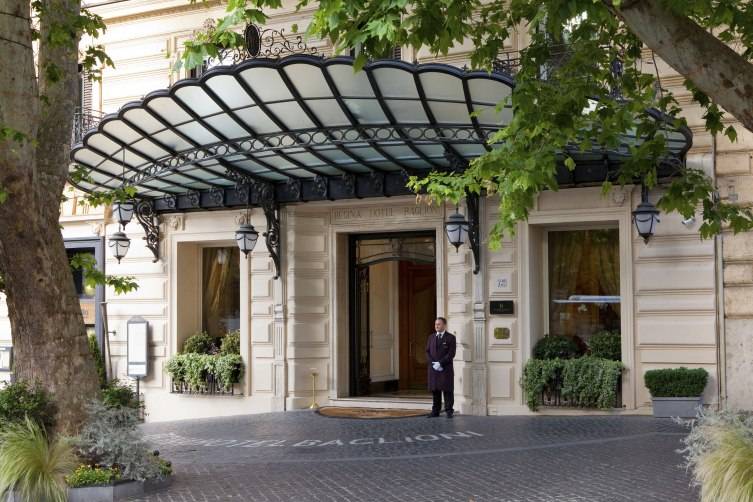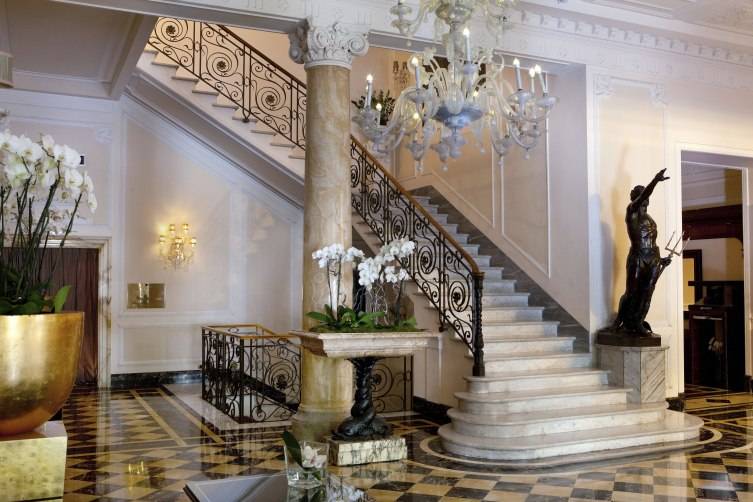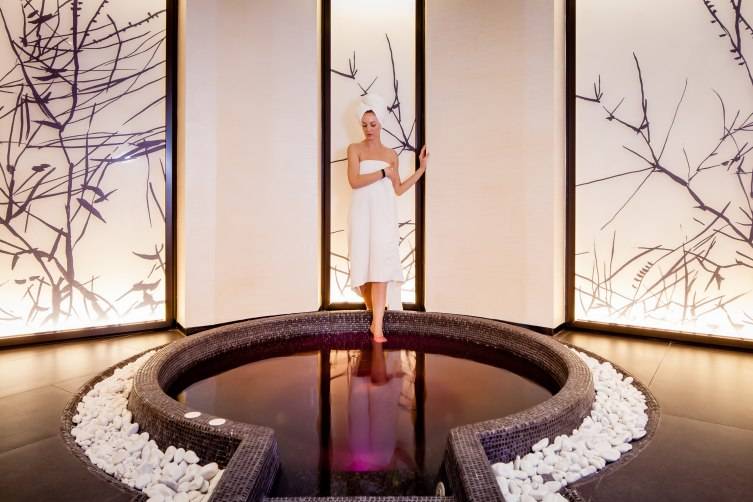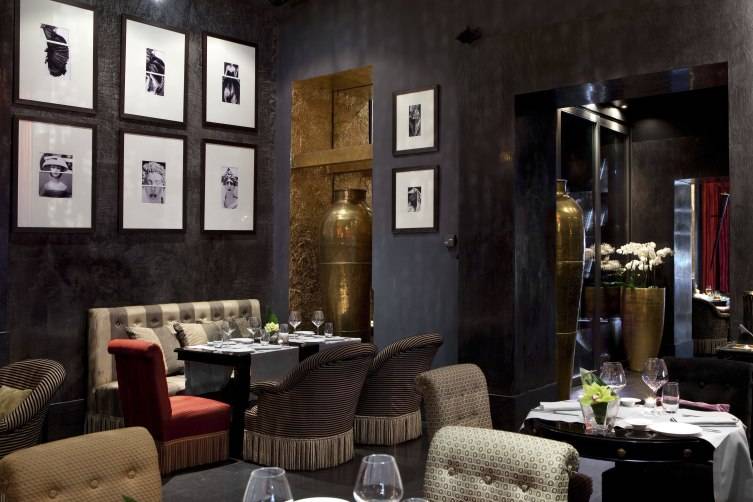In a recent interview with Milocco Marco, General Manager of the Regina Hotel Baglioni in Rome, we discussed the founding of the hotel, signature suites, the new Baglioni SPA, how best to experience Rome and much more.
Tell me a little bit about the founding, history and location of Regina Hotel Baglioni.
Housed in a magnificent liberty-style building, Regina Hotel Baglioni, member of The Leading Hotels of the World, enjoys a prominent location on Via Veneto, within walking distance of major points of interests, such as the Spanish Steps and Via Condotti with its famous boutiques.
The hotel was once the home of Queen Margherita of Savoy while she awaited the completion of her residence, “Villa Margherita”, which presently houses the American Embassy. In recognition of the excellent service and kindness she was shown, in 1911, the hotel’s owner was granted permission to add “Regina” to the hotel name.

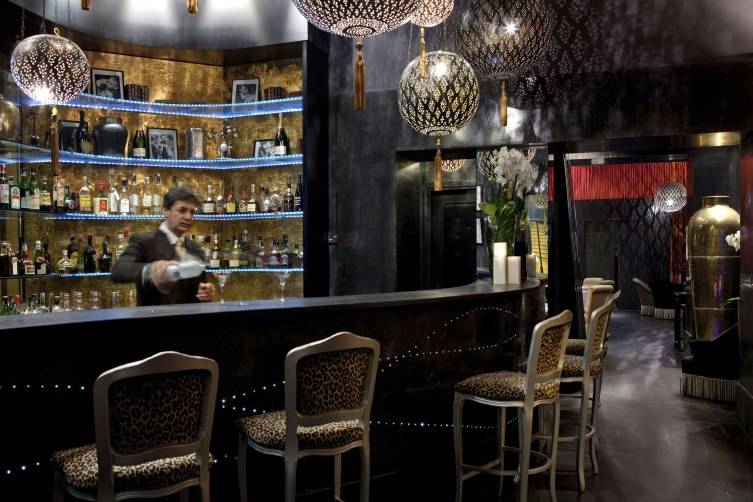 How would you describe the hotel’s signature suites?
How would you describe the hotel’s signature suites?
Baglioni Suites at Regina Hotel Baglioni Rome are characterized by a pure Classic or Art Déco soul, enriched by period furniture, marble floors and original Murano chandeliers giving a particular majesty and charm.

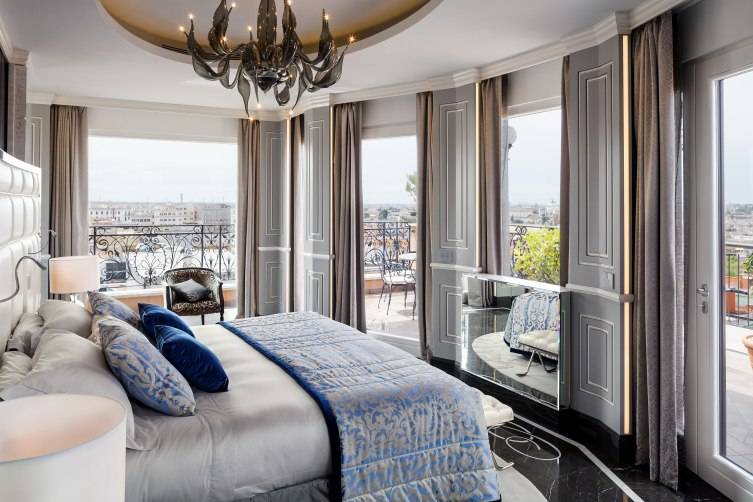
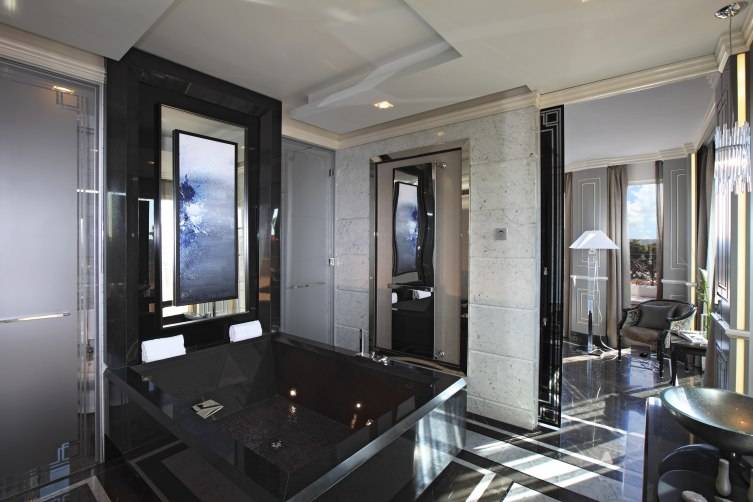
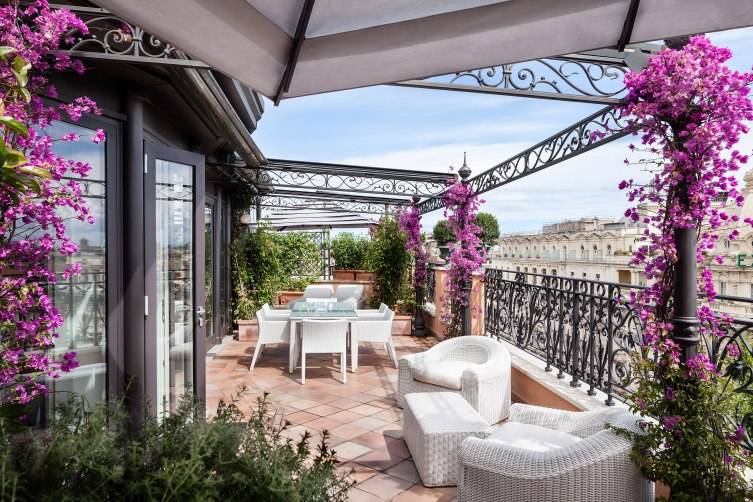

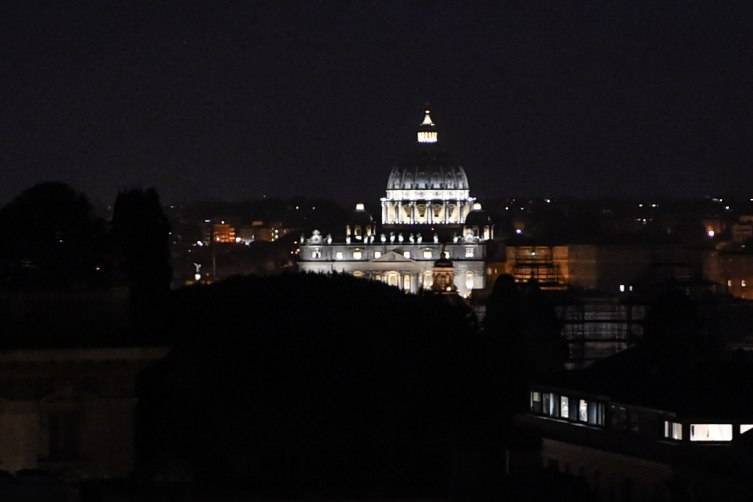 With regard to the new Baglioni SPA by Caschera SPA, what kinds of offerings are available to guests?
With regard to the new Baglioni SPA by Caschera SPA, what kinds of offerings are available to guests?
Baglioni SPA by Caschera SPA is a metropolitan oasis to rediscover harmony between mind and body, dedicated to all who want to experience authentic beauty and wellbeing. The SPA is a large space featuring two massage rooms, a beauty room, fitness centre, sauna, Turkish bath, Jacuzzi and changing rooms. Designed by Rebosio+Spagnulo, the renovated Baglioni SPA is an intimate and exclusive location where warming light, fragrance and music create a calming oriental atmosphere. Guests can experience an extensive range of treatments, including the signature “SPA Penthouse Ritual”, a unique massage and facial created exclusively by Paolo Caschera for Regina Hotel Baglioni.
Zagat refers to the hotel’s Brunello restaurant as “Marrakech Meets New York City”. What makes this restaurant so special?
Brunello Restaurant, with direct access onto Via Veneto, is one of the best city restaurants blending contemporary design and traditional Italian elegance. It is the ideal place to taste wonderful dishes full of Mediterranean flavours created by the internationally acclaimed Chef Luciano Sarzi Sartori.
Finally, for visitors looking to experience the best of Rome while staying at Regina Hotel Baglioni, what would be your top 5 list for enjoying the city?
- Exploring Campo de’ Fiori at Midmorning:In an incomparable setting of medieval houses, this is the liveliest fruit and vegetable market in Rome, where peddlers offer their wares as they’ve done for centuries. The market is best visited after 9am any day but Sunday. By 1pm the stalls begin to close. Once the major site for the medieval inns of Rome (many of which were owned by Vanozza Catanei, the 15th-century courtesan and lover of Pope Alexander VI Borgia), this square maintains some of its old bohemian atmosphere. We often come here when we’re in Rome for a unique, lively view of local life. Often you’ll spot your favorite trattoria chef bargaining for the best and freshest produce, everything from fresh cherries to the perfect vine-ripened tomato.
- Picnicking on Isola Tiberina:In ancient times, this boat-shaped island stood across from the port of Rome and from 293 B.C. was home to a temple dedicated to Aesculapius, the god of healing. A church was constructed in the 10th century on the ruins of this ancient temple. You can reach the island from the Jewish Ghetto by the Ponte Fabricio footbridge, which dates from 62 B.C. and is the Tiber’s oldest original bridge. Romans come here to sunbathe, sitting along the river’s banks, and to escape the traffic and the crowds. Arrive with the makings of a picnic, and the day is yours.
- Walking from Fountain to Fountain:On summer nights you’ll find Romans — especially those who live in crowded apartments without air-conditioning — out walking from fountain to cooling fountain. Every visitor makes at least one trip to Bernini’s fountain on Piazza Navona, after stopping off at the Trevi Fountain to toss in a coin (thus ensuring their return to Rome), but there are hundreds more. One hidden gem is the Fontana delle Tartarughe, in tiny Piazza Mattei. It has stood there since 1581, a jewel of Renaissance sculpture showing youths helping tortoises into a basin. Our favorite Bernini fountain is at Piazza Barberini; his Fontana del Tritone is a magnificent work of art from 1642 showing the sea god blowing through a shell. Unfortunately, it’s now against the law to jump into these fountains and paddle around as Anita Ekberg did in La Dolce Vita.
- Hanging Out in the Campidoglio at Night:There is no more splendid place to be at night than Piazza del Campidoglio, where Michelangelo designed both the geometric paving and the facades of the buildings. A broad flight of steps, the Cordonata, takes you up to this panoramic site, a citadel of ancient Rome from which traitors to the empire were once tossed to their deaths. Home during the day to the Capitoline Museums, it takes on a different aura at night, when it’s dramatically lit, the measured Renaissance facades glowing like jewel boxes. The evening views of the brilliantly lit Forum and Palatine are also worth the long trek up those stairs. There’s no more stunning cityscape view at night than from this hill.
- Shopping in the Flea Markets: We’ve never discovered an original Raphael at Rome’s Porta Portese flea market (which locals call mercato delle pulci). But we’ve picked up some interesting souvenirs over the years. The market, the largest in Europe, began after World War II when black marketers needed an outlet for illegal wares. Today the authentic art and antiques once sold here have given way to reproductions, but the selection remains enormous: World War II cameras, caviar from immigrant Russians, luggage (fake Gucci), spare parts, Mussolini busts, and so on. Near Porta Sublicio in Trastevere, the market has some 4,000 stalls, but it’s estimated that only 10% of them have a license. Sunday from 5am to 2pm is the best time to visit, but beware of pickpockets at all times.
Rahim Kanani is the author of critically-acclaimed hotel management book and hospitality management book A Wealth of Insight: The World’s Best Luxury Hoteliers on Leadership, Management and the Future of 5-Star Hospitality.







